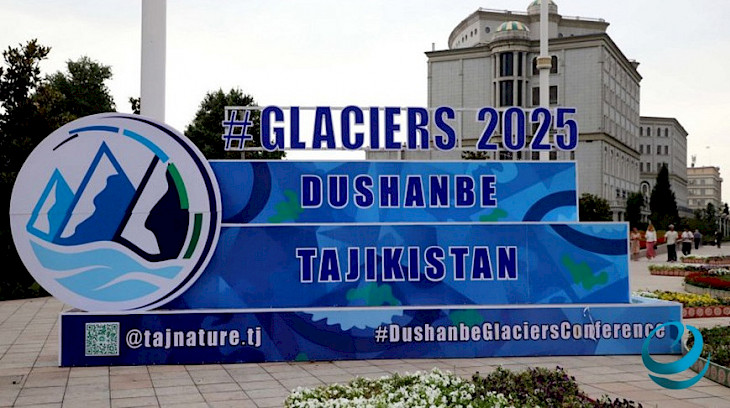The first high-level international conference on glacier preservation was held in Dushanbe, where the President of Tajikistan, Emomali Rahmon, proposed launching a large-scale scientific expedition to study the glaciers of the country, Eurasiatoday.ru reports.
"Considering that more than 60% of all glaciers in Central Asia are located in the territory of Tajikistan, I propose organizing a comprehensive expedition together with our development partners and scientific institutions to conduct an in-depth study of these glaciers," said the President of Tajikistan, speaking at the plenary session of the conference.
Rahmon also proposed establishing a regional laboratory in Tajikistan, which would serve as a scientific center for glacier monitoring and research.
Previously, the year 2025 was declared the International Year of Glacier Preservation by the UN General Assembly, while March 21 was designated as the International Day of Glaciers, following an initiative by Dushanbe.
Water Scarcity in Central Asia: Alarming Statistics
At the conference, Rustam Abdullaev, head of the water and energy policy department of the Ministry of Energy of Tajikistan, reported that per capita water availability in Central Asia has decreased fourfold over the past 60 years—from 8,400 cubic meters in the 1960s to just 2,100 cubic meters today. By comparison, the global average decline over the same period is about 55%.
Abdullaev emphasized that Central Asia is particularly vulnerable to the effects of climate change, as most of the region's water resources are generated by glacier melt. According to him, glaciers are shrinking by 0.6–0.8% in area and about 0.1% in volume each year. By 2050, the water volume in the Amu Darya and Syr Darya rivers could decrease by 40%.
Experts: Glacier Preservation Requires Global Efforts
Conference experts called for a reassessment of international approaches to climate preservation. Bulat Yesekin, director of the Central Asian Water Platform, noted that even full implementation of the Paris Agreement by individual countries will not produce sufficient results without international cooperation.
"About half of the water that flows into Central Asia originates from the oceans, forming in the forests of Europe and Siberia. No single country in the region can solve the problem alone. Solutions must come from beyond the region," Yesekin emphasized.
Glaciers in Tajikistan: Alarming Facts
According to Emomali Rahmon, around 1,300 of Tajikistan’s 14,000 glaciers have completely disappeared over the past 50 years. Glaciers generate more than 60% of Central Asia’s water resources, and their loss poses a threat to the region's water security. Experts stress that preserving glaciers is not only an environmental issue, but also a geopolitical challenge for Central Asia.
CentralasianLIGHT.org
May 30, 2025

